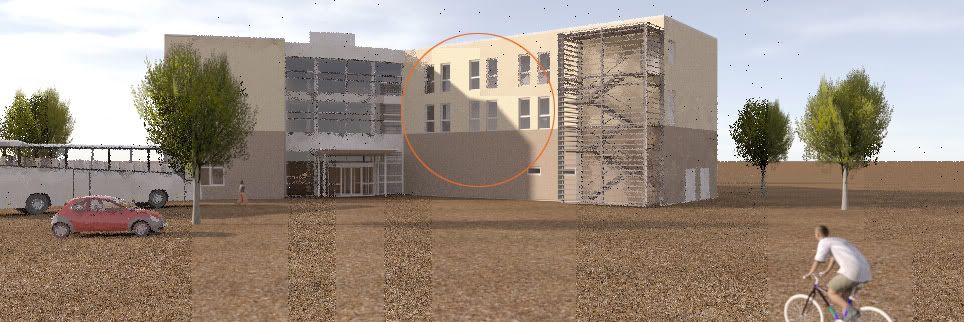Hallo,
I'm confused about the usage of Vray. In the last days I have learned, that I must use the sRGB output, if I want to get the right fresnel reflections. Also I have read Gijs "linear workflow" tutorial: if I use the sRGB output, than I must correct the gamma of my textures. But if I use the Rhino standard materials, than I can not do it. Also I'm not so happy to set gamma 0.45 allways. This is not a simple workflow.
I think, it's time to find a way, that all this gamma stuff is bring to a simple solution. My wishes are:
- I would like to work in sRGB mode without to manipulate the famebuffer after every new start of rhino
- I would like to use my textures without to set a special gamma (maybe a global gamma option could help here)
- I would like to set the color, so that it looks like in the rendering like in the color chooser
Vray for Rhino should work in physical correct mode without the user must read special tutorials and set careful gamma values for textures and colors.
-Micha
I'm confused about the usage of Vray. In the last days I have learned, that I must use the sRGB output, if I want to get the right fresnel reflections. Also I have read Gijs "linear workflow" tutorial: if I use the sRGB output, than I must correct the gamma of my textures. But if I use the Rhino standard materials, than I can not do it. Also I'm not so happy to set gamma 0.45 allways. This is not a simple workflow.
I think, it's time to find a way, that all this gamma stuff is bring to a simple solution. My wishes are:
- I would like to work in sRGB mode without to manipulate the famebuffer after every new start of rhino
- I would like to use my textures without to set a special gamma (maybe a global gamma option could help here)
- I would like to set the color, so that it looks like in the rendering like in the color chooser
Vray for Rhino should work in physical correct mode without the user must read special tutorials and set careful gamma values for textures and colors.
-Micha

Comment